How to remove the smell from the sink
The bathroom and the kitchen are the two rooms in the house where hygiene is the most important. It's nice to go into the kitchen and hear the smell of fresh pastries, and while taking a bath, relax in a clean room. But all is well for the time being. There comes a moment, and you catch the unpleasant odors of the sewage emanating from the sink. Solids from sewage accumulate in the siphons of sinks at the seams of sewer pipes. Having identified this problem, you must immediately get rid of it. The reasons may be many.
Detection and removal methods
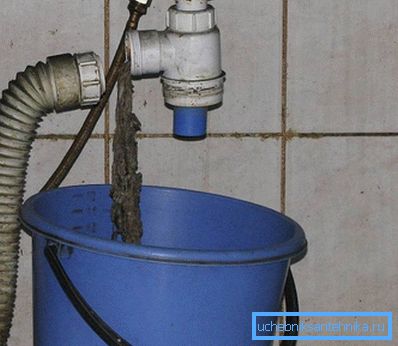
- First of all, inspect all plumbing near the sink and find out exactly where the unpleasant smell comes from. If you find a crack in the sewage parts or corrugated hose, proceed to replace them. Alternatively, the sewer connection can be dispersed, which should be corrected.
- When the inspection did not give positive results, you will have to work a plunger. Type water into the sink and pump it through the drain hole so that the accumulated particles of fat lag behind the walls of the pipe and go down the drain.
- As a more effective option, disassemble and clean the siphon under the sink. Well inspect it for cracks on the walls. Plastic siphons can crack from temperature changes when you pour boiling water into the sink, and then cold water. Through the crack can drain water from the water seal. If you detect cracks, solder it or seal it, but better buy a new siphon.
We considered the simplest causes of troubleshooting. But there may be a lot more than you think. Let's look at other options for the problem, and how to fix it.
Clogged drain line
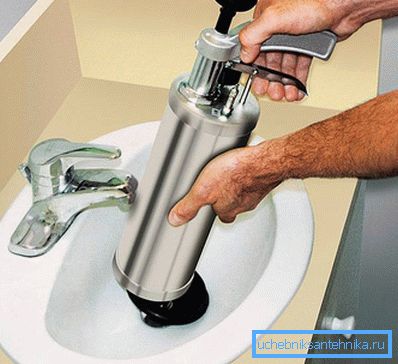
The cause of this problem may be a blockage in the pipeline. It can be eliminated by blowing through, or mechanically.
You can use a plunger or vacuum cleaner to blow out and flush non-clogged pipes. We talked about the plunger above, and the vacuum cleaner hose can be connected to the drain hole and seal it well. Connect the second edge of the hose to blow out the vacuum cleaner and plug it in, try to blow the system through.
You can flush with water using a thin hose. The edge of the hose is lowered into the drain pipe, and well seal the place of entry. On the hose let the water under pressure. If the blockage is small, the water pressure will wash it out.
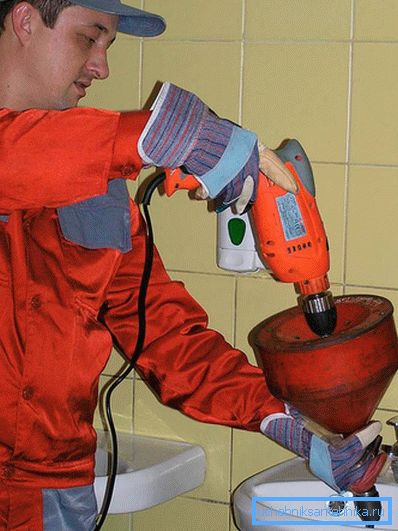
In the case of inefficiency of simple methods, it is necessary to resort to mechanical ones. To do this, take a long and flexible cable, insert it into the pipeline. Running a little water, scroll the cable, and push it into the pipe. Perform this procedure until you pierce the cork formed in the pipe, and the water will flow freely through the pipes.
Water trap problems
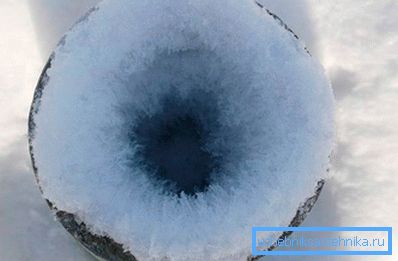
The presence of water in the water seal, prevents the release of unpleasant odors from the sewer into the room. The water lock is located in the siphon installed under the sink. As the simplest way out, instead of a siphon, there can be a curved corrugated tube. About one siphon problem, we talked above. Let's look at two more possible causes related to the water seal.
- One of the simplest causes of odor can be caused by the evaporation of water from the water seal, from the rare discharge of water.
- A serious reason may be associated with clogging or winter freezing of the exhaust riser sewer (fan pipe). In this case, the water seal is broken, and water is sucked into the riser. To eliminate the problem, it is necessary, starting from the roof, to inspect and clean the riser.
The break in the trap can be identified by the sounds of clapping coming from the sink. If instead of a siphon you have a curved corrugated tube, then reinforce it with a wire, not allowing it to be unbendable. And during long departures, pour a little bit of any oil into the sink's drain hole. This will prevent water from evaporating from the water seal.
Pipeline defects

Over time, the pipeline cracks and depressurization connections. Having found such a defect, you must begin to eliminate it. The cracks are removed with a band strap and sealed with patches of epoxy resin. The connection of cast iron pipes is sealed with asbestos resin gasket. Seal the joints of the drain pipe with sewage, as well as the inspection holes with a sealant
Flush drain
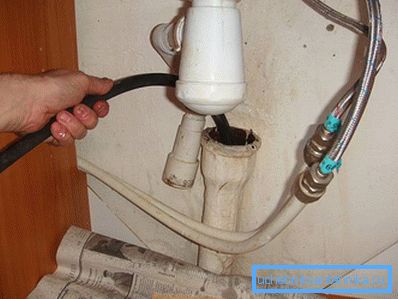
In the case of flushing, chemical preparations can be used. A wide range of preparations containing chlorine or soda ash is available for sale. Use according to the instructions. The main thing is to pay attention to what kind of pipeline the tool is made for. It can be intended only for cast-iron or plastic sewage. And maybe universal.
There are many popular methods of washing. All of them include the use of soda, vinegar, or salt. Having poured some of this into the drain hole, after half an hour, rinse with boiling water. The fact is that acid and alkali kills bacteria that cause an unpleasant odor.